Home>diy>Building & Construction>Mistakes To Avoid When Building A New House
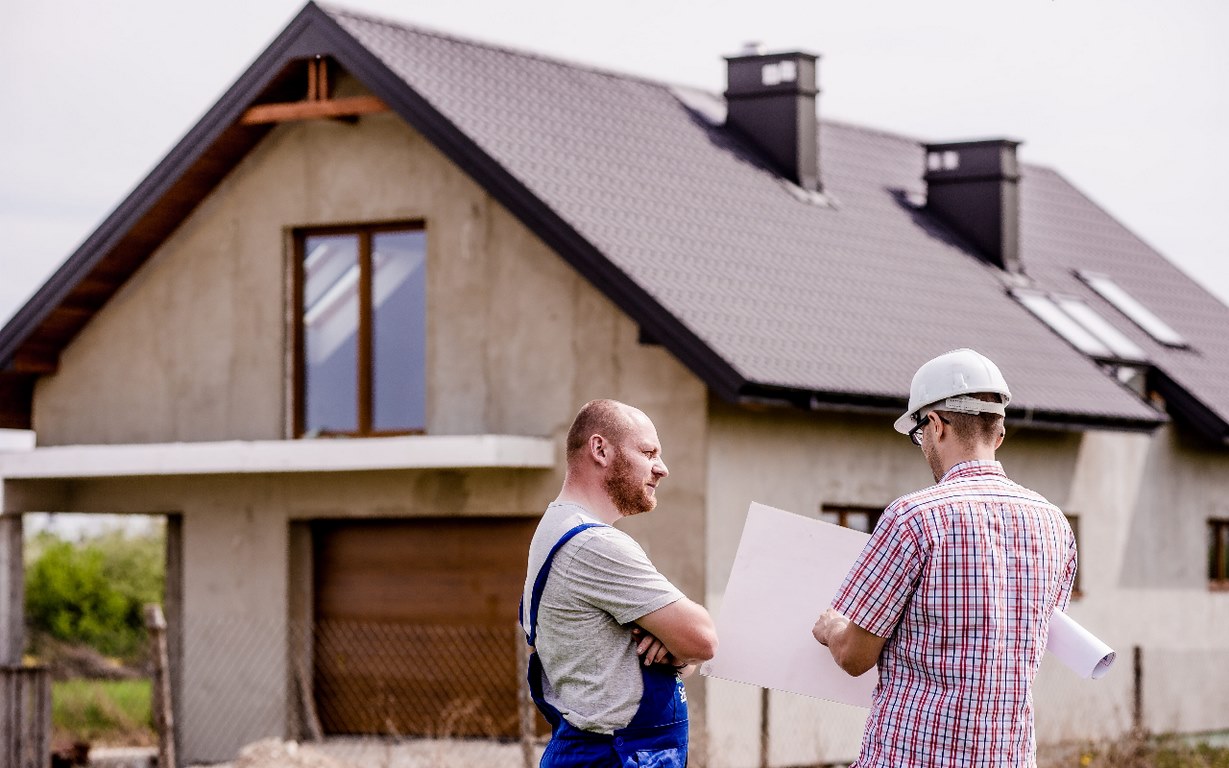

Building & Construction
Mistakes To Avoid When Building A New House
Modified: December 7, 2023
Avoid common mistakes when constructing a new house. Get expert tips and advice for successful building construction.
(Many of the links in this article redirect to a specific reviewed product. Your purchase of these products through affiliate links helps to generate commission for Storables.com, at no extra cost. Learn more)
Introduction
Building a new house is an exciting endeavor that allows you to create a space tailored to your needs and preferences. Whether you’re constructing your dream home or starting a new chapter in your life, it’s essential to approach the project with careful planning and attention to detail. However, many homeowners make common mistakes during the building process that can lead to dissatisfaction and costly issues down the line.
In this article, we will explore the most common mistakes to avoid when building a new house. By understanding these pitfalls and taking proactive measures, you can ensure a smooth and successful construction experience.
Key Takeaways:
- Plan ahead, consider future needs, and create a realistic budget before building a new house to avoid costly changes and dissatisfaction later on.
- Prioritize functionality, energy efficiency, and resale value in the design and construction process to create a valuable and practical new home.
Not Planning Ahead
One of the biggest mistakes homeowners make when building a new house is failing to plan ahead. Building a home requires careful consideration of your current and future needs. Skipping this vital step can lead to regrets and costly modifications later on.
Before starting the construction process, take the time to evaluate your lifestyle and make a list of your requirements. Consider factors such as the number of bedrooms and bathrooms you’ll need, the size of the kitchen and living areas, and any special features or amenities you desire. Additionally, think about how your needs might change in the future and factor in flexibility to accommodate potential lifestyle changes.
Another important aspect of planning ahead is creating a realistic budget. Take into account not only the construction costs but also the expenses for permits, land acquisition, design fees, and other associated costs. Don’t forget to set aside a contingency budget for unexpected expenses that may arise during the construction process.
Furthermore, it is crucial to do thorough research and hire professionals to help you in the planning stage. Work closely with architects, contractors, and interior designers to ensure that your visions align and that all aspects of the project are considered.
By planning ahead, you can avoid the headache of costly changes and modifications during the construction process, saving you time, money, and frustration in the long run.
Ignoring the Importance of Location
When building a new house, it’s easy to become so focused on the design and layout that you overlook the significance of the location. The location of your home plays a crucial role in your quality of life, convenience, and even its future resale value.
Before selecting a location for your new home, consider factors such as proximity to schools, amenities, shopping centers, and healthcare facilities. Think about your daily commute and accessibility to major roads and public transportation. If you have a preference for a specific neighborhood or community, thoroughly research its reputation, safety, and community offerings.
In addition to convenience, the natural surroundings and environmental factors should be taken into account. Consider the climate, topography, and exposure to natural elements such as wind and sunlight. These factors can impact energy efficiency, heating and cooling costs, and the overall comfort of your home.
It’s also important to assess the potential for growth and development in the area. A well-planned location with potential for future growth can increase the value of your property over time. On the other hand, building in an area that is stagnant or in decline may have negative implications for your investment.
By carefully considering the location of your new house, you can ensure that it not only meets your immediate needs but also offers a desirable living environment and a solid investment for the future.
Hiring the Wrong Contractor
Choosing the right contractor is crucial when building a new house. The contractor you select will be responsible for overseeing the entire construction process, and their expertise and workmanship will directly impact the quality and success of your project.
One common mistake homeowners make is hiring a contractor solely based on the lowest bid. While cost is an important factor, it should not be the sole determinant of your decision. It’s essential to thoroughly research and vet potential contractors to ensure they have the necessary experience, qualifications, and track record of delivering high-quality work.
Start by asking for recommendations from friends, family, or local construction associations. Look for contractors who specialize in residential construction and have a portfolio that aligns with your vision and style. It’s also important to check for proper licensing, insurance, and any certifications required in your area.
When meeting with potential contractors, ask for references and take the time to reach out to their previous clients. Inquire about their experience working with the contractor, the quality of the workmanship, and whether the project was completed on time and within budget.
Another crucial aspect is clear communication and a good rapport with the contractor. Building a new house is a collaborative process, and it’s important to have open and transparent communication to ensure that expectations are met and any issues are addressed promptly.
Lastly, before signing any contracts, make sure to get detailed written estimates that outline the scope of work, materials to be used, and a timeline for completion. This will help avoid any misunderstandings or disputes down the line.
By taking the time to carefully vet and choose the right contractor for your new house, you can ensure a smooth construction process and a high-quality end result that meets your expectations.
Overspending on Unnecessary Upgrades
Building a new house allows you the opportunity to choose from a variety of upgrades and customization options. While it’s exciting to have the freedom to personalize your home, it’s important not to go overboard and overspend on unnecessary upgrades.
Before diving into the world of upgrades, establish a budget and prioritize your must-have features. Consider what upgrades will add value to your home and enhance your daily living experience. Focus on upgrades that are difficult or costly to add after construction is complete, such as structural modifications or plumbing and electrical systems.
While it’s tempting to splurge on high-end finishes and luxury features, keep in mind that your budget should be based on your long-term financial goals. Consider the return on investment for each upgrade and determine if it aligns with the overall value of your home in the local real estate market.
It’s also worth consulting with a professional interior designer who can assist in creating a cohesive design concept and help you make informed decisions about finishes, materials, and upgrades. They can guide you on where to allocate your budget to achieve the desired aesthetic and functionality without overspending.
Lastly, be mindful of the impact of upgrades on your overall construction timeline. Some upgrades may require additional time for planning, ordering special materials, or coordinating with subcontractors. Make sure to discuss the timeline implications with your contractor to avoid any delays.
By carefully considering your upgrades and sticking to a realistic budget, you can avoid overspending on unnecessary features and ensure that your new house meets your needs and financial goals.
Neglecting Energy Efficiency
When building a new house, it’s important to prioritize energy efficiency. Neglecting this aspect can lead to higher energy bills, discomfort, and a negative impact on the environment.
Start by considering the orientation of your home. By strategically placing windows and doors to maximize natural light and ventilation, you can reduce the need for artificial lighting and air conditioning. Additionally, investing in high-quality insulation and energy-efficient windows can help maintain a comfortable indoor temperature and reduce heating and cooling costs.
Another crucial aspect of energy efficiency is selecting energy-efficient appliances and systems. Opt for ENERGY STAR certified products that meet strict efficiency standards. This includes appliances, HVAC systems, water heaters, and lighting fixtures.
Consider incorporating renewable energy sources, such as solar panels, into the design of your new house. Solar power can greatly reduce your reliance on traditional energy sources and provide long-term cost savings.
Additionally, consider incorporating smart home technology into your new house. Smart thermostats, lighting controls, and energy monitoring systems can help you optimize energy usage and reduce waste by automatically adjusting settings based on occupancy and usage patterns.
Pay attention to the landscaping around your new house as well. Planting trees strategically to provide shade and windbreaks can help regulate temperatures and reduce the load on your HVAC system. Incorporate native plants that require less water and maintenance.
Finally, consult with experts in the field of energy efficiency during the design and construction process. They can provide valuable insights and recommendations for optimizing energy performance in your new house.
By prioritizing energy efficiency in your new house, you can create a comfortable and sustainable living environment while saving money on utility bills and reducing your carbon footprint.
When building a new house, avoid making changes to the original plan once construction has started. Changes can lead to delays, increased costs, and potential structural issues.
Underestimating Storage Needs
One common mistake when building a new house is underestimating the amount of storage space needed. Insufficient storage can lead to a cluttered and disorganized living environment, making it difficult to maintain a clean and functional home.
Start by evaluating your current storage needs and anticipate any future requirements. Consider the number of bedrooms, the size of your family, and any hobbies or collections that require dedicated storage space. Think about the storage needs in each room, including closets, cabinets, and shelving.
When working with an architect or designer, be clear and specific about your storage requirements. They can help you maximize the use of space by incorporating built-in storage solutions, such as closets with sufficient shelving and hanging space, kitchen cabinets with ample storage for cookware and utensils, and bathroom vanities with drawers and cabinets to store toiletries and towels.
Don’t forget about storage options outside of the main living areas. Consider the need for a garage or storage shed to house outdoor equipment, tools, and seasonal items. Having dedicated storage space for these items will help keep your living areas uncluttered.
Another important aspect to consider is flexibility in storage design. Opt for adjustable shelves and modular storage systems that can be easily reconfigured to accommodate changing needs over time. This allows you to adapt the storage space as your lifestyle evolves.
Finally, declutter and prioritize organization from the start. Before moving into your new house, take the time to declutter your belongings and only keep what you truly need and use. This will prevent unnecessary items from taking up valuable storage space.
By accurately assessing your storage needs and incorporating efficient storage solutions, you can ensure that your new house remains organized, functional, and clutter-free.
Overlooking the Importance of Natural Light
When building a new house, it’s essential not to overlook the importance of natural light. Properly incorporating natural light into your home can have a significant impact on the overall ambiance, energy efficiency, and even your well-being.
Start by considering the orientation of your house and the placement of windows. Take advantage of the sun’s path throughout the day to maximize natural light. This not only reduces the need for artificial lighting but also creates a bright and inviting atmosphere.
Strategically place windows in areas where natural light is most beneficial, such as living spaces, kitchens, and home offices. Consider adding large windows, skylights, or glass doors to allow ample sunlight to enter your home. If privacy is a concern, opt for frosted glass or window treatments that still allow natural light to filter through.
Furthermore, consider the use of reflective surfaces such as mirrors and light-colored walls to amplify the natural light and make your space feel more spacious and airy.
In addition to its aesthetic benefits, natural light can have a positive impact on your well-being. Exposure to natural light is known to improve mood, productivity, and overall mental and physical health.
When planning your new house, discuss the importance of natural light with your architect or designer. They can help you incorporate features such as light wells, light tunnels, or open floor plans that enhance the flow of natural light throughout your home.
Lastly, consider the landscaping around your house. Avoid planting tall trees or placing structures that block natural light from entering your home. Instead, choose landscaping elements that provide shade without obstructing the flow of sunlight.
By giving due consideration to natural light in the design and construction of your new house, you can create a bright and uplifting living environment that promotes well-being and efficiency.
Ignoring Future Maintenance Costs
When building a new house, it’s important not to overlook the future maintenance costs associated with the home. Failing to consider ongoing maintenance and repairs can lead to unexpected expenses and potentially impact your long-term financial well-being.
Start by choosing durable and low-maintenance materials for the construction of your home. Opt for high-quality finishes and fixtures that are known for their durability. This will reduce the need for frequent replacements and repairs and save you money in the long run.
Consider the longevity of the materials and systems you choose for your new house. For example, invest in a sturdy roof, quality plumbing and electrical systems, and sturdy windows and doors. These elements are critical for the overall functionality of your home and can help prevent costly repairs down the line.
Don’t forget about routine maintenance tasks that will be necessary to keep your home in good condition. Regularly inspecting and maintaining the HVAC system, cleaning gutters, and addressing any issues with plumbing or electrical systems can help prevent major problems that may require expensive repairs.
It’s also important to plan for regular maintenance costs, such as painting, landscaping, and servicing of appliances. Set aside a budget specifically for ongoing maintenance and create a schedule to stay on top of these tasks.
Consult with professionals during the design and construction process to ensure that the layout of your home is conducive to easy maintenance. For example, consider providing convenient access to plumbing and electrical systems, and plan for sufficient storage space for maintenance tools and supplies.
Finally, consider investing in a comprehensive home warranty or insurance policy that covers major systems and structural components. This can provide peace of mind and financial protection in the event of unexpected repairs or replacements.
By considering future maintenance costs and incorporating preventive measures during the construction phase, you can save money and maintain the value and functionality of your new house for years to come.
Not Considering the Home’s Resale Value
When building a new house, it’s important to not only focus on creating a space that meets your current needs but also consider its resale value. Even if you do not intend to sell your home in the near future, life circumstances can change, and having a home with strong resale value can be a valuable asset.
Start by researching the real estate market in your area to understand the trends, preferences, and features that potential buyers look for. Consider the demographics, schools, amenities, and other factors that make a location desirable.
When it comes to design and layout, consider timeless features and neutral color palettes that have broad appeal. While personalization is important, avoid overly unique or niche design choices that may limit your target market when it’s time to sell.
Choose materials and finishes that are popular and durable. Avoid trends that may quickly go out of style, as this can negatively impact the resale value of your home. Opt for high-quality, reputable brands that are known for their longevity.
Consider the functionality and flow of your home’s layout. Open floor plans, ample storage, and well-proportioned rooms are features that are generally appealing to potential buyers.
Energy efficiency is another aspect to consider. Buyers today are increasingly conscious of their environmental footprint and energy costs. Incorporating energy-efficient features and green technologies can enhance the appeal and value of your home.
Consult with a real estate agent or appraiser during the design and construction phase. They can provide insights into features that drive up the value of homes in your area.
Lastly, don’t neglect curb appeal. The exterior of your home is the first impression that potential buyers will have. Invest in landscaping, a well-maintained exterior, and attractive entryways to create a positive and inviting impression.
By considering the resale value of your home during the design and construction process, you can ensure that your investment remains valuable and marketable, providing you with peace of mind for the future.
Disregarding Functionality in Design
When building a new house, it’s important to prioritize functionality in the design. While aesthetics are important, a home that lacks practicality and efficient use of space can lead to frustration and inconvenience.
Start by carefully considering how you and your family will use each room in the house. Think about daily routines, activities, and hobbies. This will help you determine the layout, flow, and size of each space.
Ensure that rooms are appropriately sized and proportioned for their intended purpose. For example, a small laundry room or a cramped kitchen can make everyday tasks more challenging. Consider the placement of outlets, lighting fixtures, and switches to ensure convenience and accessibility.
Pay attention to storage needs and incorporate sufficient closets, cabinets, and shelving throughout the house. Adequate storage space helps keep your home organized and clutter-free.
Consider the practicality of the design in terms of cleaning and maintenance. Choose materials and finishes that are easy to clean and maintain, reducing the time and effort required for upkeep.
Don’t forget about future needs and potential lifestyle changes. Incorporate flexibility in the design to accommodate different stages of life. For example, if you plan to age in place, consider including features like wider doorways, grab bars in bathrooms, and a main-level bedroom.
Think about the flow and connectivity of spaces. Ensure that rooms are logically connected and that there are smooth transitions between areas. For example, the kitchen should have easy access to the dining area, and living spaces should be connected for seamless entertaining.
Consult with an architect or designer who specializes in functional design. They can provide expert advice and creative solutions to optimize the functionality of your home.
Lastly, involve the whole family in the design process. Solicit their input and consider their individual needs and preferences. This will ensure that the design caters to everyone’s needs and promotes harmony within the household.
By prioritizing functionality in the design of your new house, you can create a space that supports your lifestyle and enhances your everyday living experience.
Conclusion
Building a new house is an exciting and monumental endeavor. However, it’s essential to approach the process with careful planning, attention to detail, and an understanding of the common mistakes to avoid. By being proactive and avoiding these pitfalls, you can ensure a smooth and successful construction experience while creating a home that meets your needs and preferences.
Planning ahead is crucial. Take the time to evaluate your requirements, create a realistic budget, and work closely with professionals to bring your vision to life. Consider the location and its impact on convenience, future growth, and resale value.
Hiring the right contractor is vital. Don’t solely focus on cost; thoroughly research and choose a contractor with a proven track record of quality workmanship.
Avoid overspending on unnecessary upgrades and prioritize energy efficiency. Carefully consider storage needs and make sure to incorporate ample storage space throughout the house.
Furthermore, don’t underestimate the importance of natural light, and be mindful of future maintenance costs. Consider the home’s resale value by incorporating features that appeal to a broad audience.
Lastly, prioritize functionality in the design to create a space that is not only visually appealing but also practical and efficient for everyday living.
By being mindful of these common mistakes and taking the necessary steps to avoid them, you can ensure that your new house becomes a cherished and valuable asset that provides comfort and joy for years to come.
Frequently Asked Questions about Mistakes To Avoid When Building A New House
Was this page helpful?
At Storables.com, we guarantee accurate and reliable information. Our content, validated by Expert Board Contributors, is crafted following stringent Editorial Policies. We're committed to providing you with well-researched, expert-backed insights for all your informational needs.
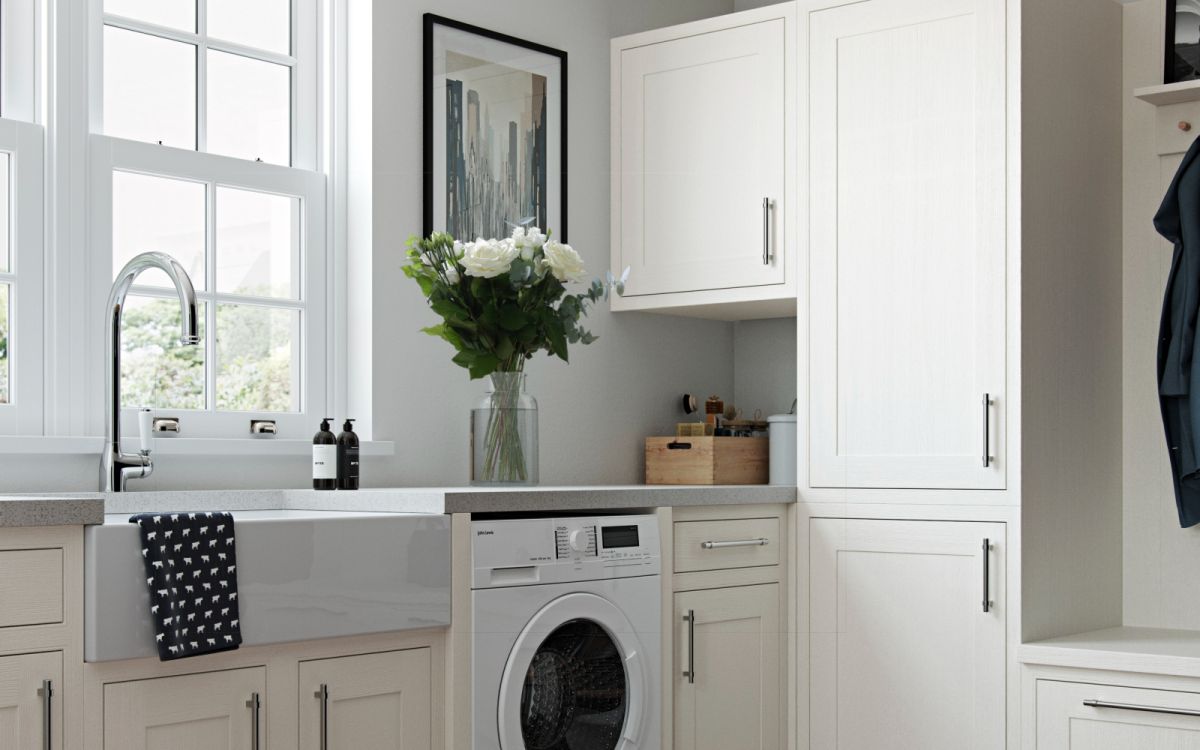
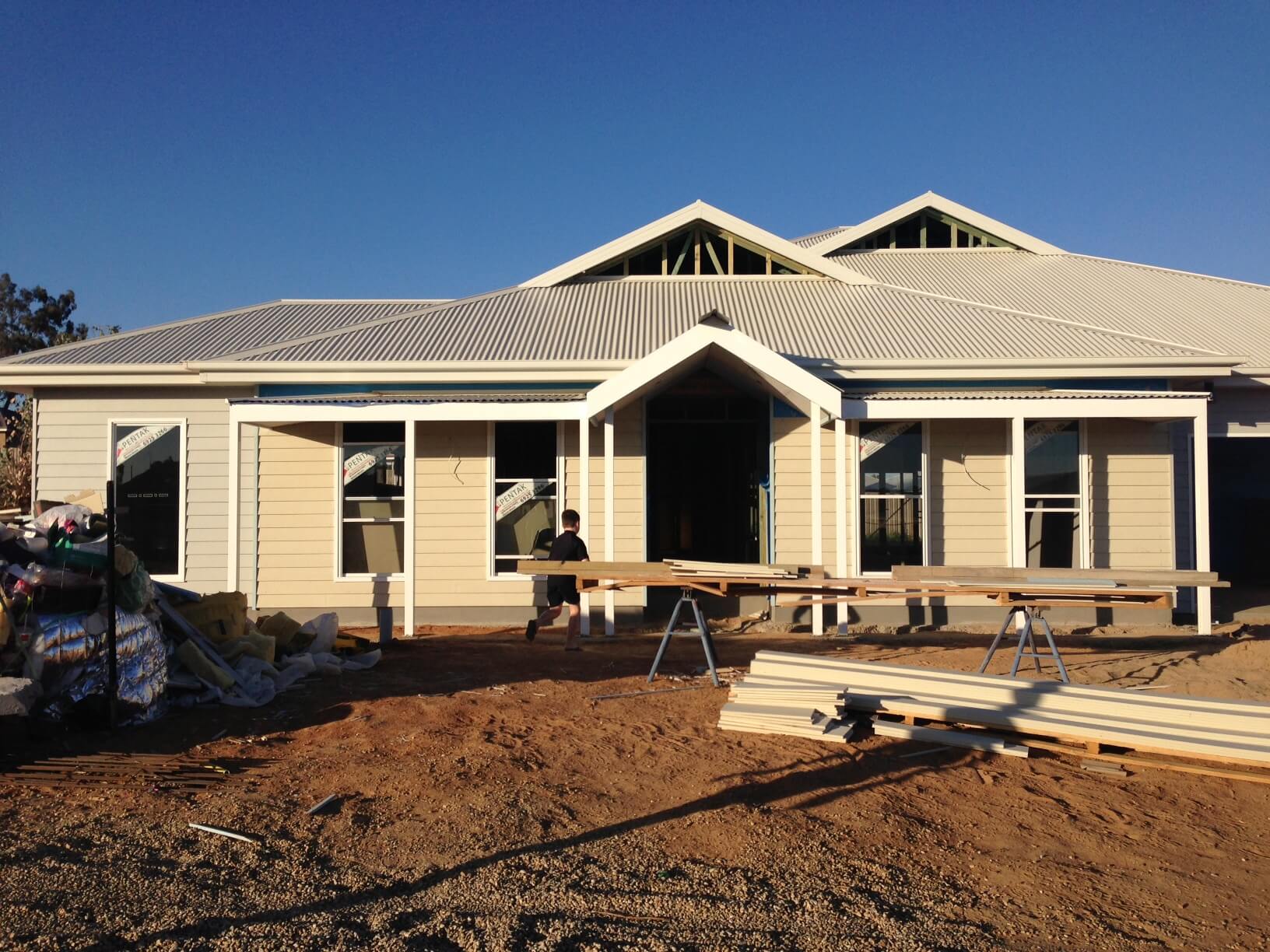
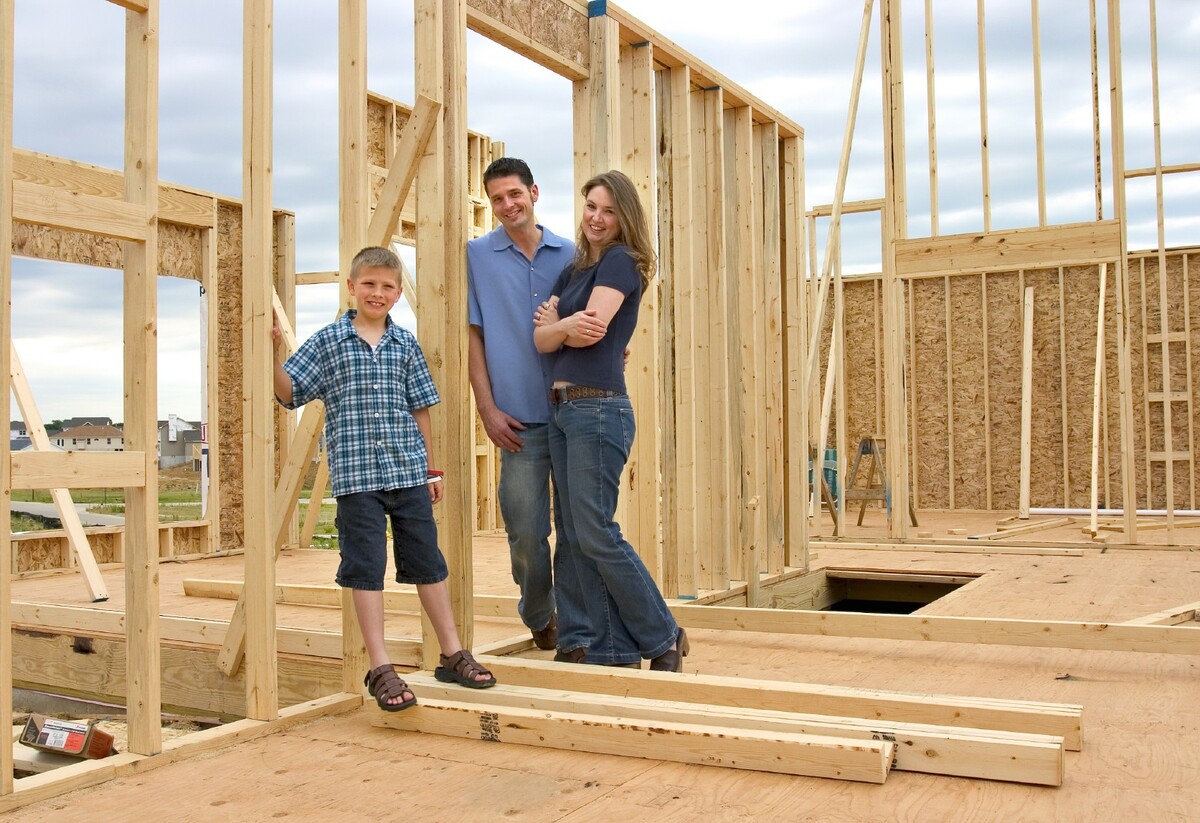
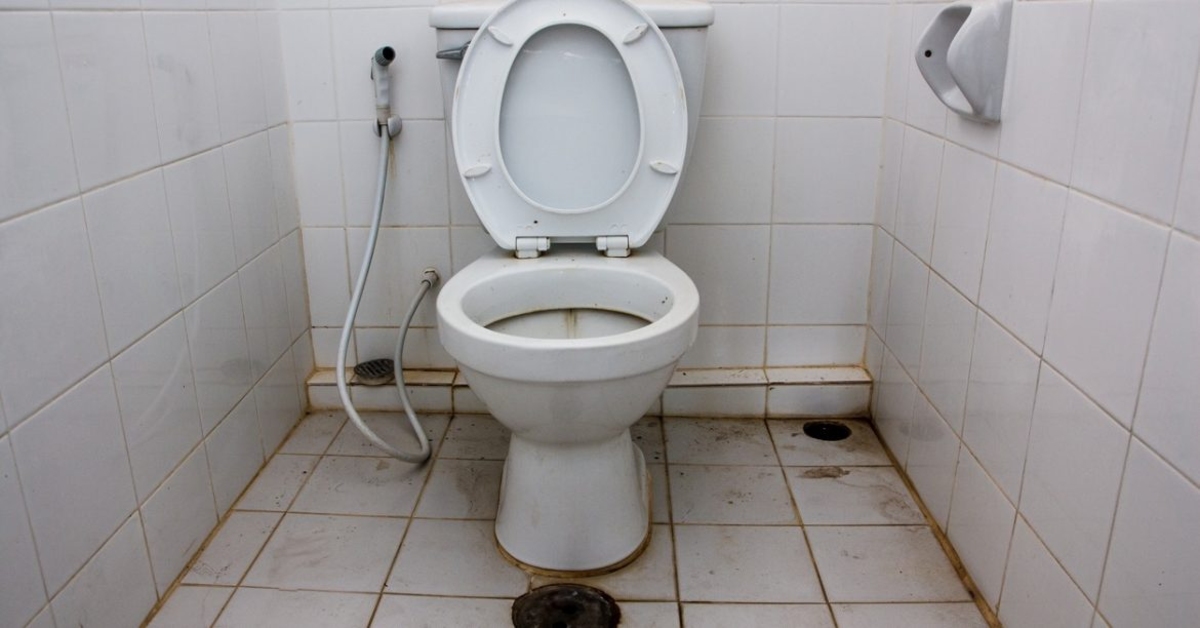
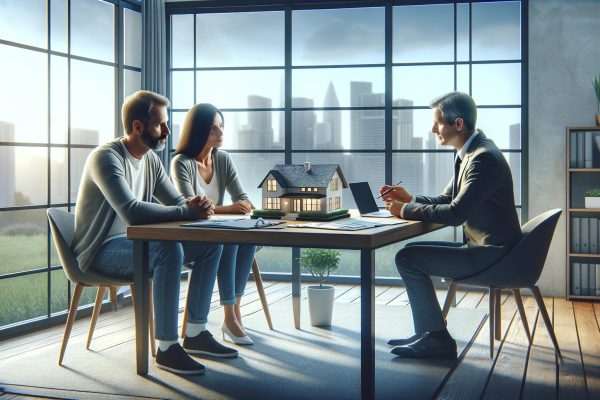


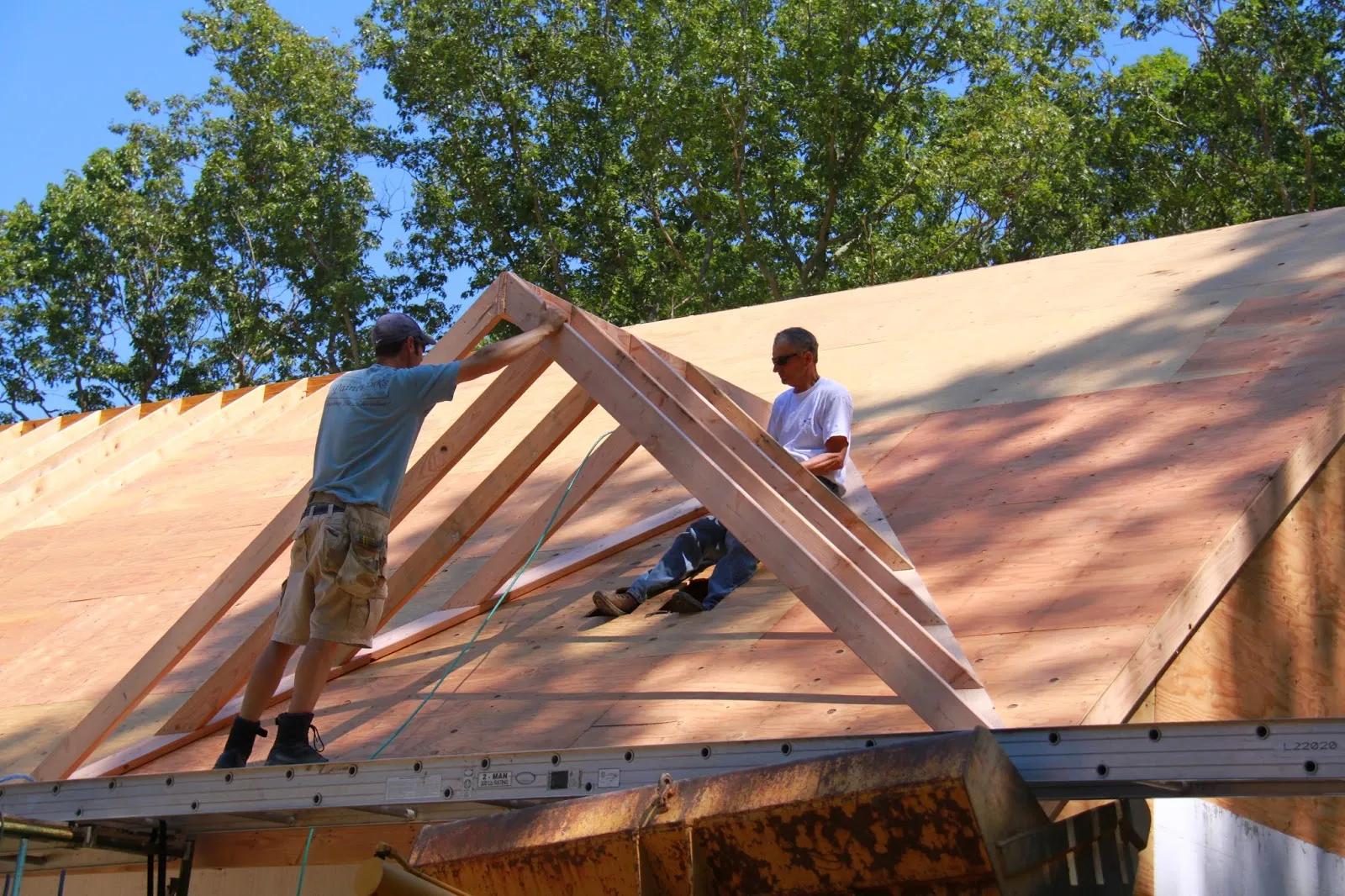
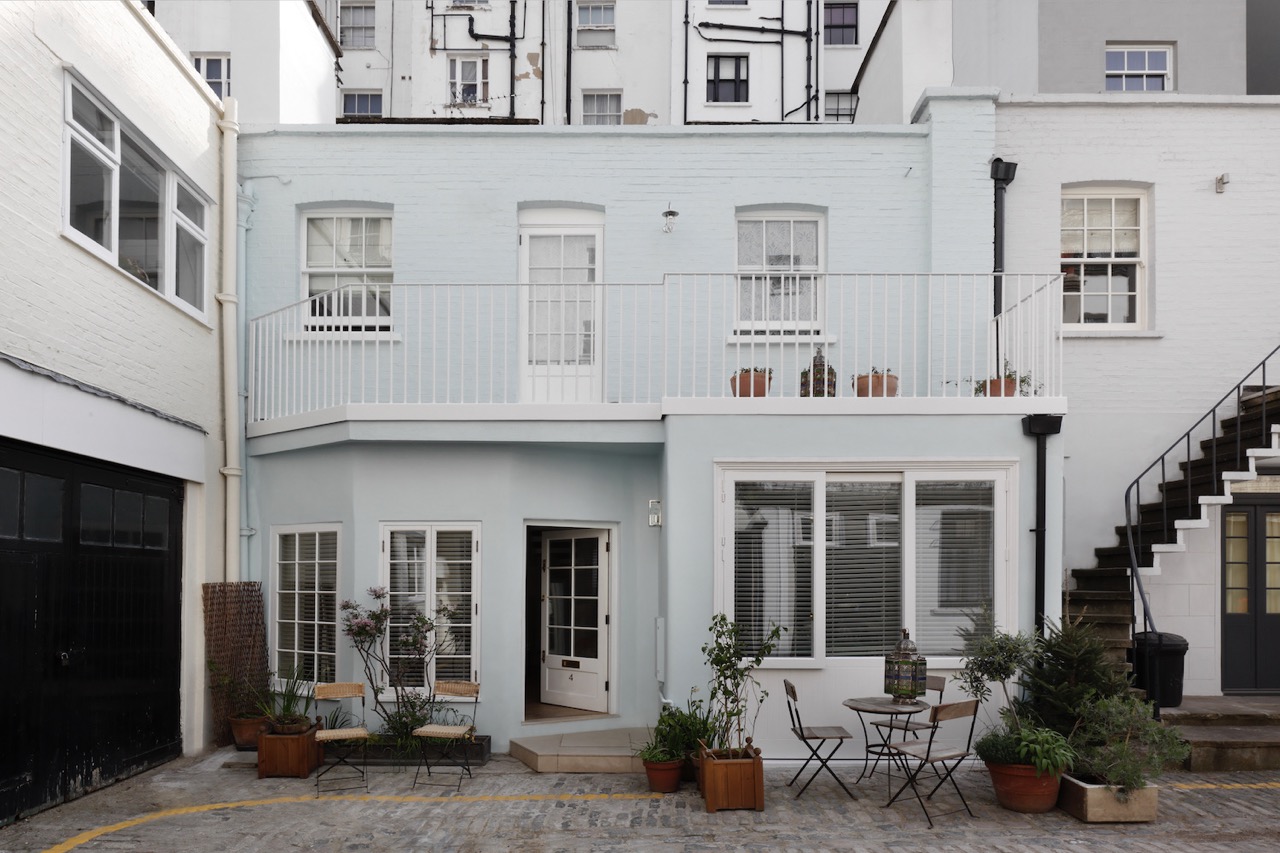
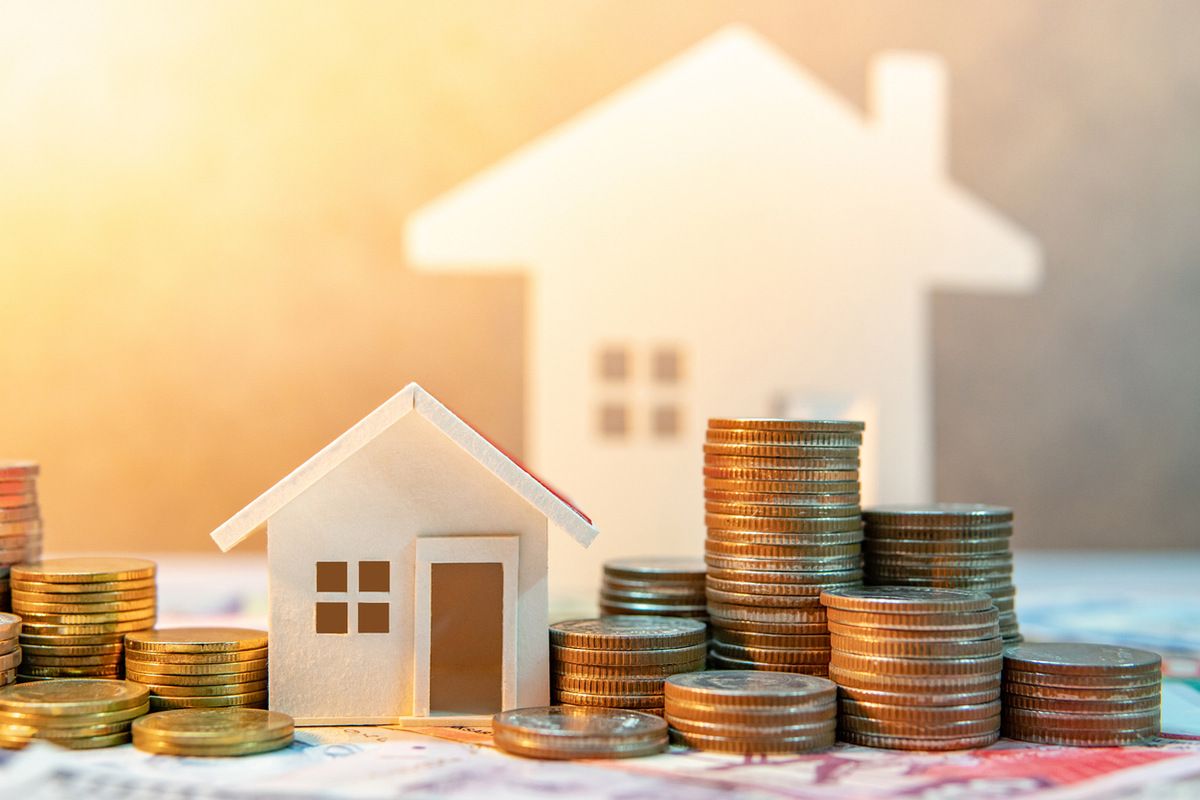
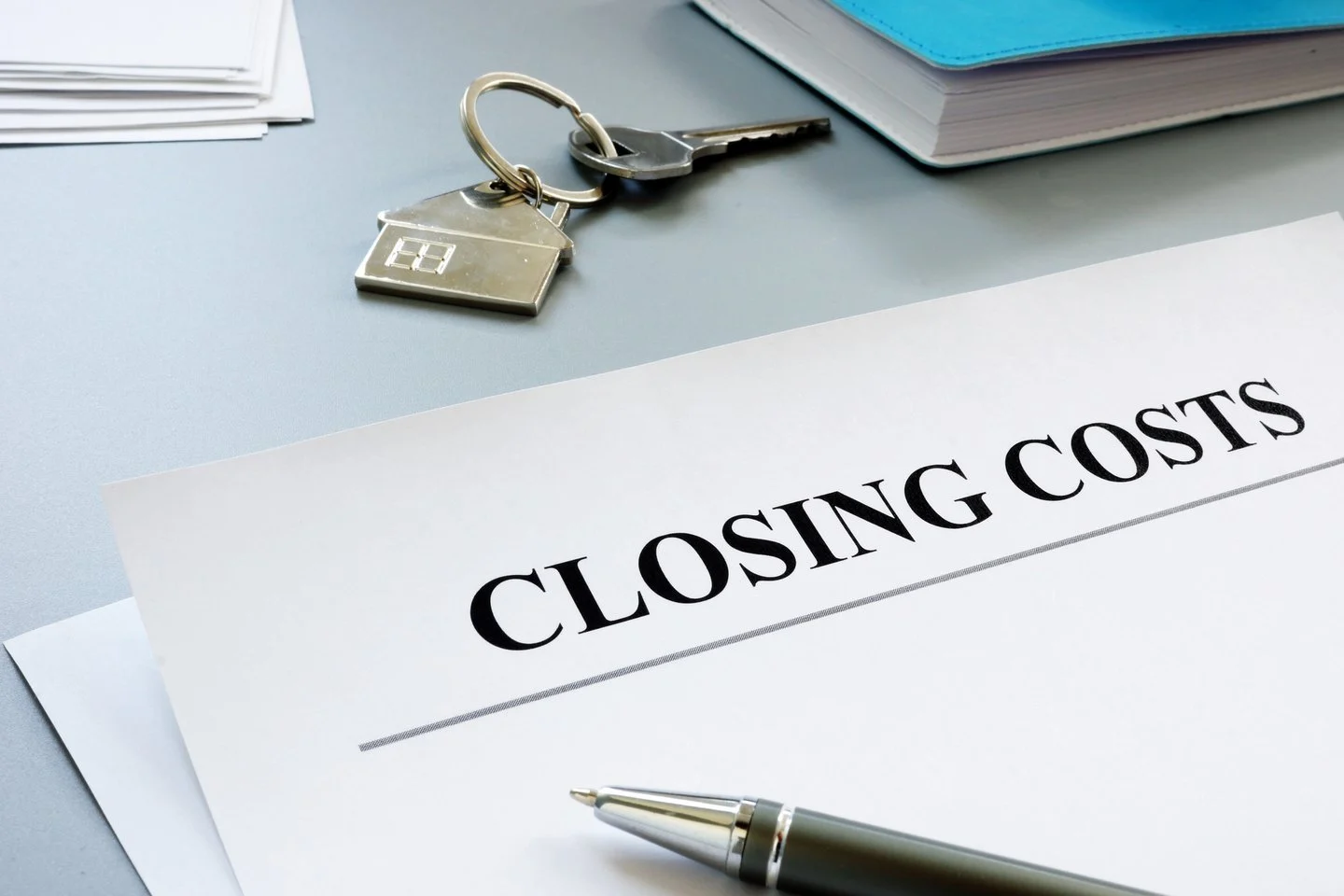

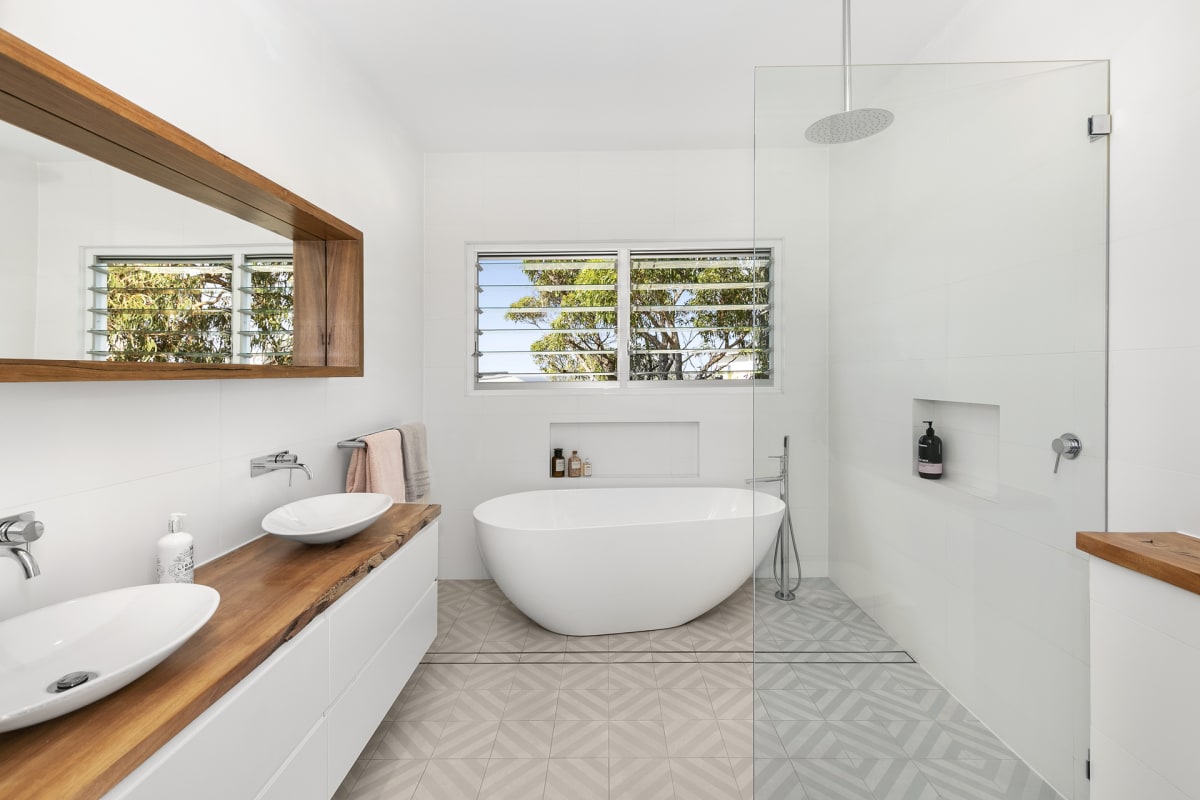

0 thoughts on “Mistakes To Avoid When Building A New House”